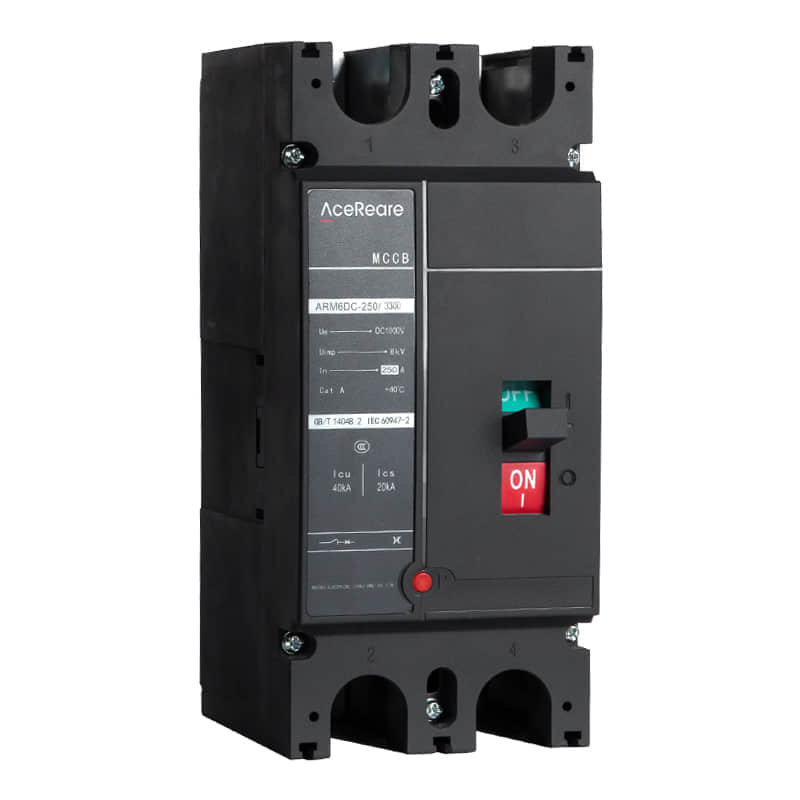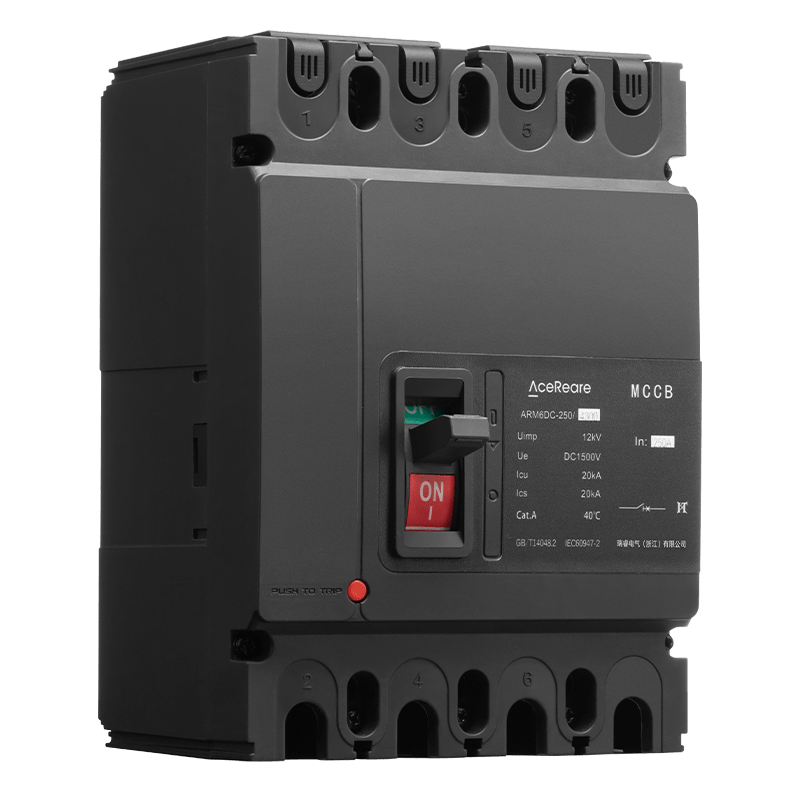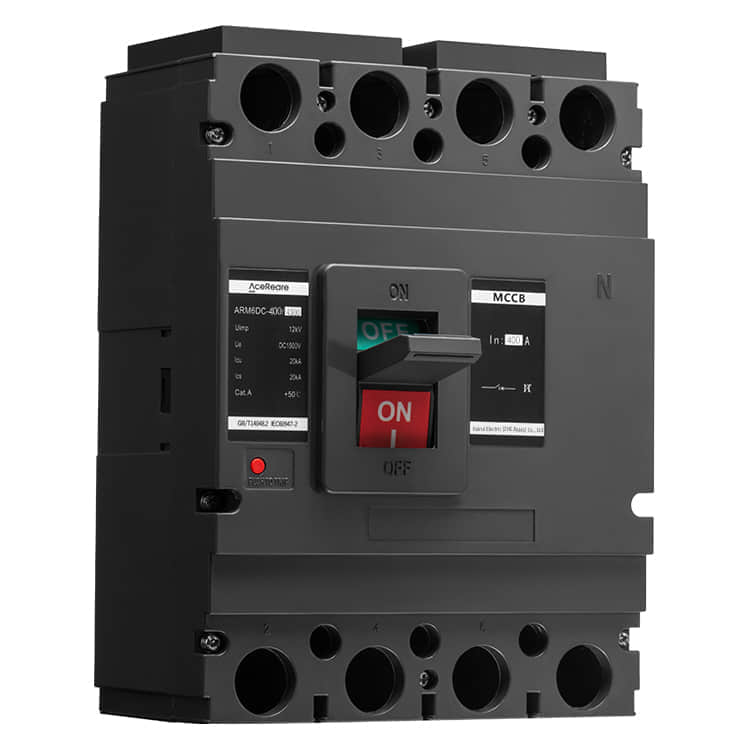In recent years, solar energy has emerged as a vital player in the global quest for sustainable energy sources. Photovoltaic (PV) systems, in particular, have gained immense popularity due to their ability to harness clean and renewable energy from the sun. However, ensuring the safety and efficiency of PV systems is paramount, and this is where Photovoltaic Molded Case Circuit Breakers (MCCBs) come into play.

Photovoltaic MCCBs are specialized electrical components designed to safeguard PV systems against overcurrents, short circuits, and other electrical faults while maximizing their operational efficiency. In this article, we will delve into the significance of Photovoltaic MCCBs and their role in ensuring the reliability of solar energy systems.

Understanding Photovoltaic MCCBs Photovoltaic MCCBs are engineered to meet the unique demands of PV systems, which differ significantly from traditional electrical systems. PV systems produce direct current (DC) electricity from sunlight, and this DC power must be efficiently converted and managed to meet the needs of homes, businesses, and utilities. Photovoltaic MCCBs play a crucial role in this conversion process. Enhancing Safety Safety is a paramount concern in any electrical system, and PV systems are no exception. Photovoltaic MCCBs are designed to disconnect the PV array from the inverter and the grid in case of overcurrents or short circuits, preventing electrical fires and damage to the system. These MCCBs provide a reliable means of isolating faulty parts of the system, allowing for maintenance and repairs without compromising safety. Optimizing Efficiency Efficiency is key in PV systems, as it directly impacts the energy yield and economic viability of solar installations. Photovoltaic MCCBs contribute to this efficiency by minimizing energy losses. When a fault occurs in the system, traditional fuses may need to be replaced, resulting in downtime and lost energy production. Photovoltaic MCCBs can be easily reset after a fault, reducing downtime and maximizing energy generation. Compatibility with PV Systems Photovoltaic MCCBs are designed with the unique characteristics of PV systems in mind. They can handle the high DC voltages and currents produced by solar panels and inverters, ensuring reliable protection. Additionally, these MCCBs are often equipped with advanced monitoring and communication features, allowing system operators to remotely monitor the performance and health of the PV system. Meeting Industry Standards Photovoltaic MCCBs are subject to stringent industry standards to ensure their reliability and safety. These standards include IEC 60947-2, which sets the requirements for circuit breakers, and UL 489B, a specific standard for photovoltaic circuit breakers. Complying with these standards is essential to guarantee the proper functioning of PV systems and the safety of both equipment and personnel. Conclusion Photovoltaic MCCBs are the unsung heroes of solar energy systems. They provide the critical protection required to keep PV systems safe and efficient while ensuring that renewable energy generation continues uninterrupted. As the world continues to embrace solar power as a clean and sustainable energy source, the importance of Photovoltaic MCCBs in supporting this transition cannot be overstated. These devices are at the forefront of safeguarding our planet’s future by enabling the widespread adoption of solar energy technology.
